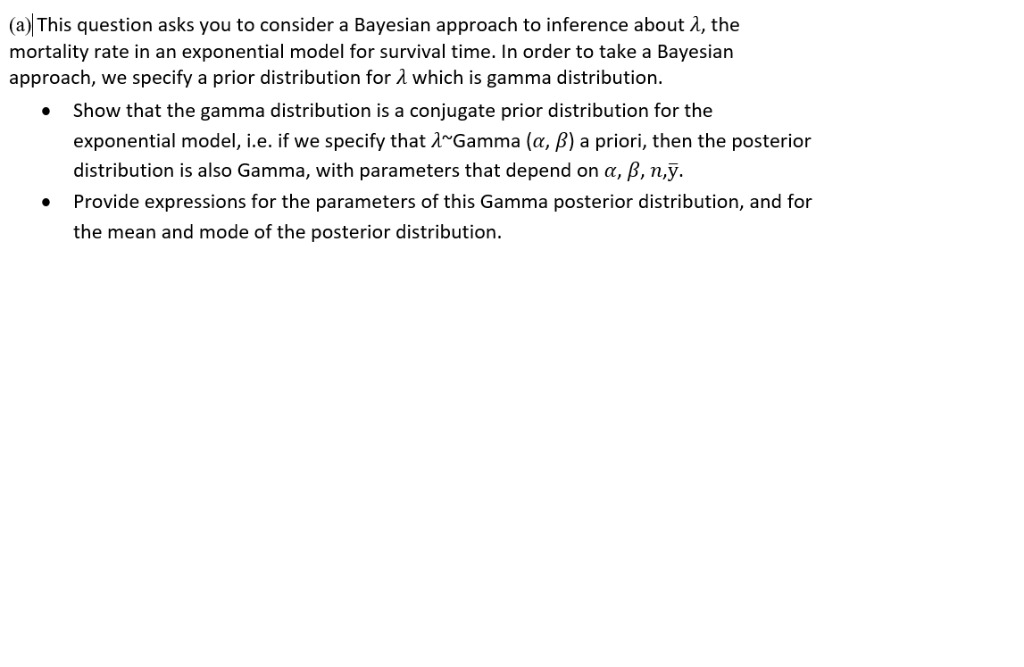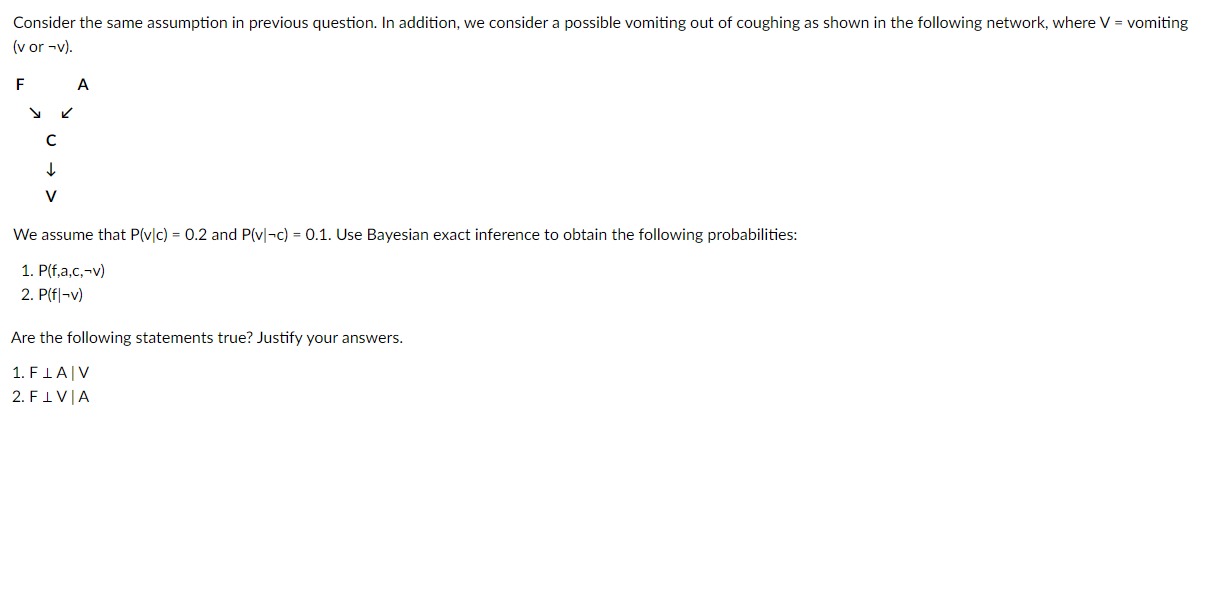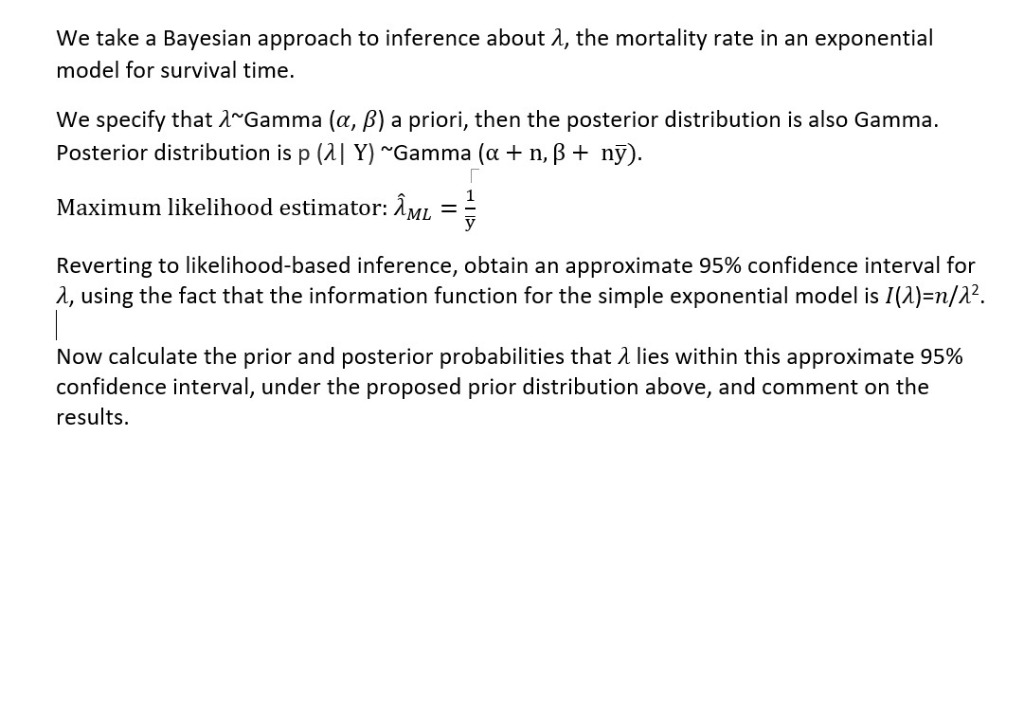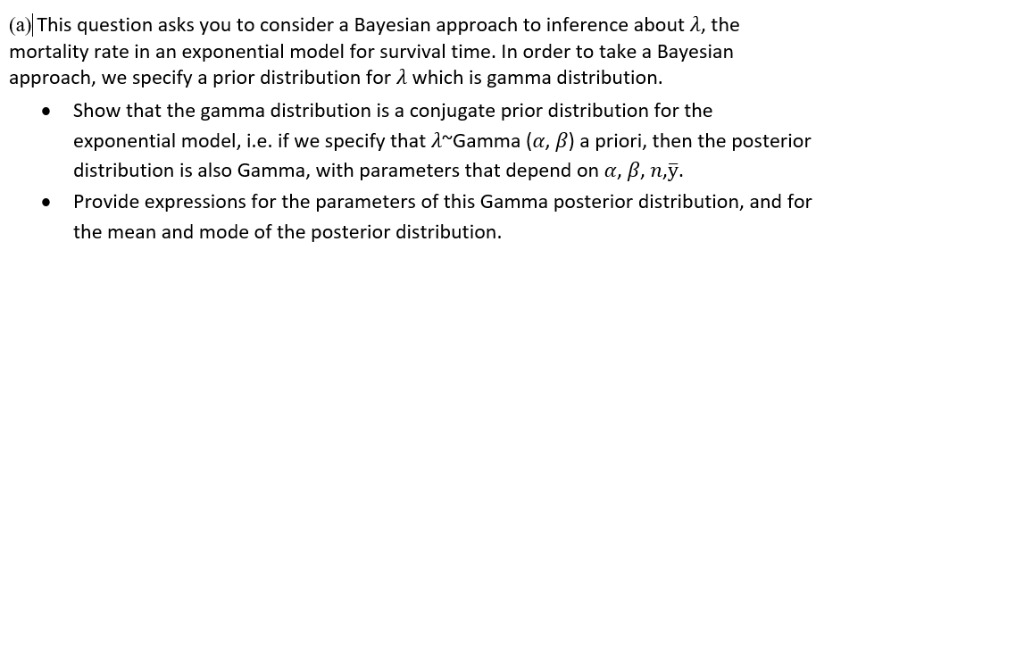Question
Identify which choices would be considered descriptive statistics and which would be considered inferential statistics. a. Of 500 randomly selected people in New York City,


Identify which choices would be considered descriptive statistics and which would be considered inferential statistics.
a. Of 500 randomly selected people in New York City, 210 people had O+ blood.
b. "42 percent of the people in New York City have O+ blood." Is the statement descriptive statistics or inferential statistics?
c. "58 percent of the people of New York City do not have type O+ blood." Is the statement descriptive statistics or inferential statistics?
d. "42 percent of all people living in New York State have type O+ blood." Is the statement descriptive statistics or inferential statistics?



Step by Step Solution
There are 3 Steps involved in it
Step: 1

Get Instant Access to Expert-Tailored Solutions
See step-by-step solutions with expert insights and AI powered tools for academic success
Step: 2

Step: 3

Ace Your Homework with AI
Get the answers you need in no time with our AI-driven, step-by-step assistance
Get Started


